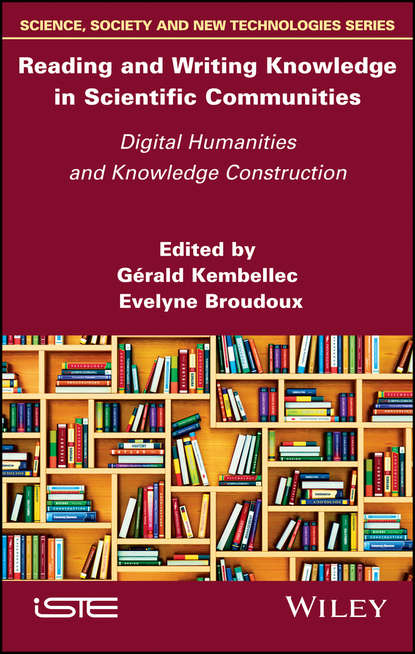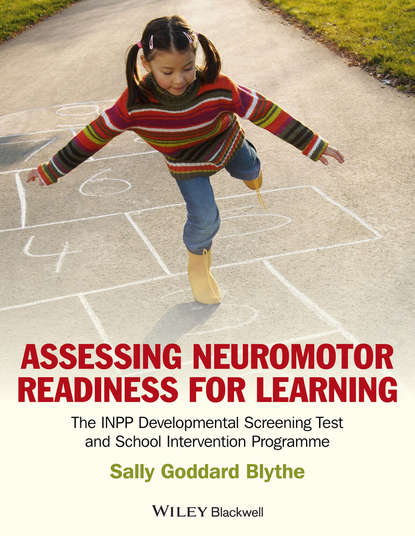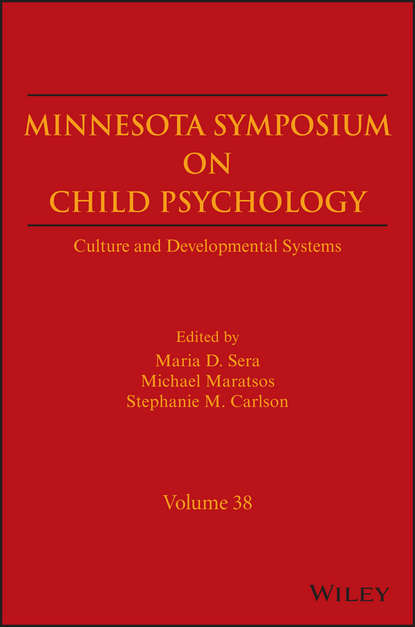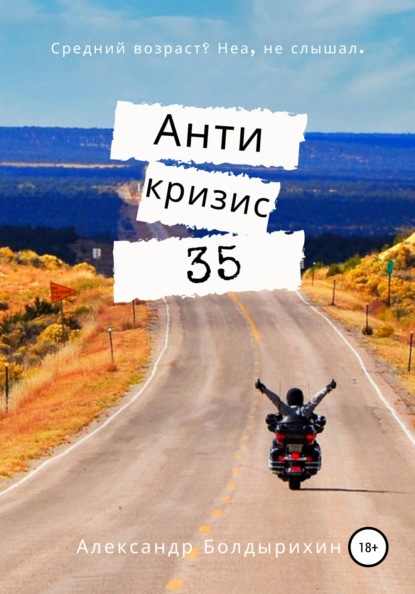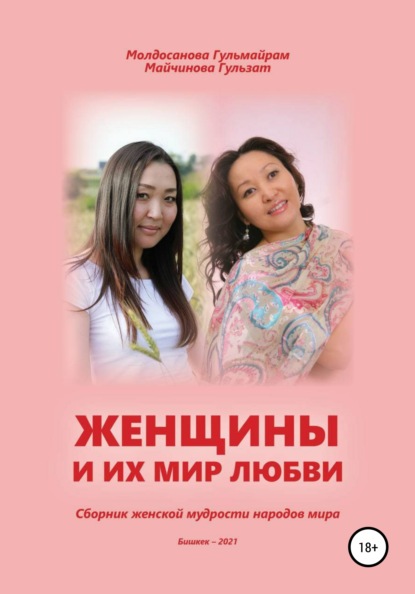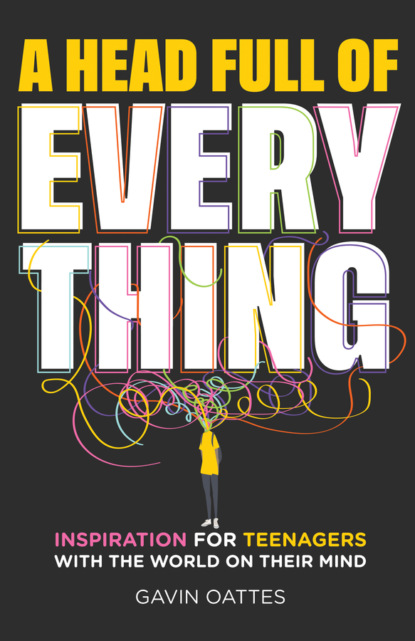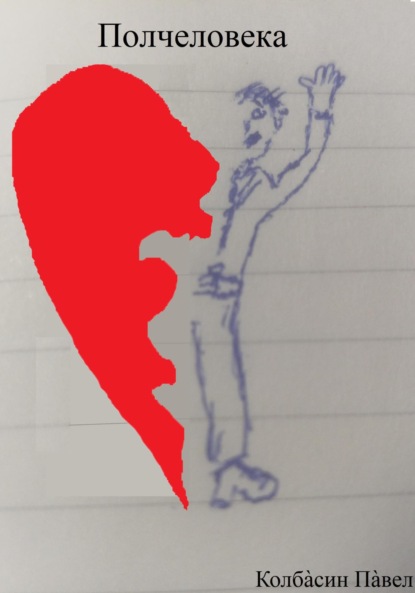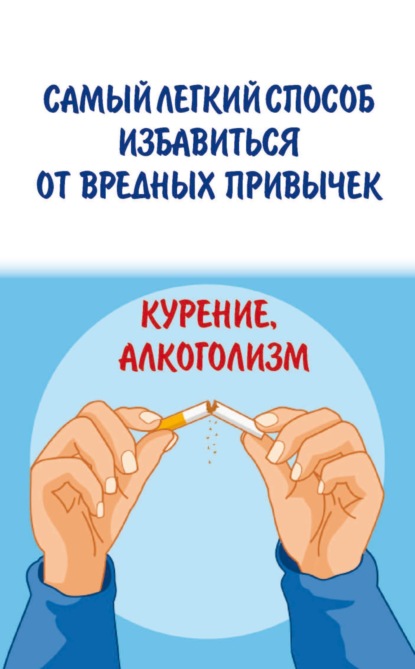Практики, связанные с культурой "научного" чтения, развивались на протяжении многих веков, а сами заметки и комментарии стали предметом изучения - либо как дополнительные элементы к оригинальным текстам, либо как самостоятельные документы. Первые "научные" методы чтения, появившиеся в 12 веке, сочетают в себе чтение и письмо в процессе, известном как леттюр - внимательное чтение с комментариями. Интернет трансформировал эту деятельность, добавив технические слои, относящиеся как к процессу чтения и письма, так и к распространению текстов - их потенциальному и реальному дополнению, расширению и восприятию. Эта книга исследует оцифрованное чтение и письмо, сосредотачиваясь в первую очередь на условиях совместного конструирования научного знания и его обогащения. Авторы приводят многочисленные примеры исследований и личных отзывов о процессе познания, открытых критических пространствах, совместной научной публикации, методах распространения и медиатизации знаний, а также используемых инструментах и техниках.
Электронная Книга «Reading and Writing Knowledge in Scientific Communities» написана автором Группа авторов в году.
Минимальный возраст читателя: 0
Язык: Английский
ISBN: 9781119384373
Описание книги от Группа авторов
Practices associated with the culture of “scholarly” reading have been developed over many centuries and annotations themselves have become the subject of study, either as additional elements in connection with the original texts or as documents in their own right. The first “scholarly” reading techniques, seen historically from the 12th Century onwards, combine reading and writing in a process known as lettrure, involving both attentive reading and commentary. The Internet has transformed this activity, adding technical layers that relate both to the reading and writing process as well as to the circulation of texts; their potential and effective augmentation, diffusion, and reception. This book examines digitized reading and writing by focusing primarily on the conditions for the co-construction of scientific knowledge and its augmentation. The authors present numerous examples of studies and personal feedback concerning the intellectual process, open critical spaces, collaborative scholarly publishing, methods for the circulation and mediatization of knowledge, as well as the techniques and tools employed.
